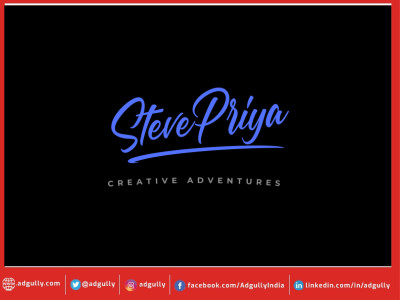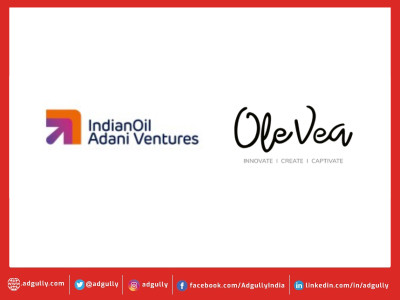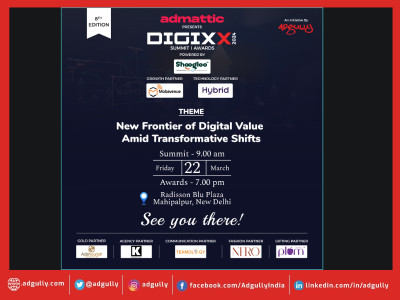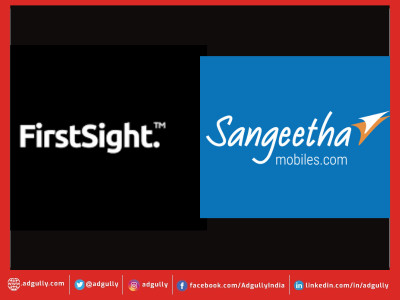Personalization in Digital Marketing – A deep dive
Personalization is one of the key strategies many successful organizations have currently embraced when it comes to marketing products and services. Personalized marketing is the act of customizing a product/service or communication to meet the needs of a particular customer. Personalization can be achieved through carefully amassing data as well as information on the customer. The aim of collecting such information is to understand the needs of the customer to the point of grasping basic details like the culture of the client, lifestyle, preferences, and style. For an organization to be successful in personalized marketing, the management must have the ability to collect sufficient data on the customers being sold to.
With increase in amount of data available about consumers today, more and more brands are trying to communicate with their potential customers on 1-on-1 bases. It is not limited to sending e-mailers by name. The process has become much more sophisticated thanks to technology & automation. Let’s start with discussing some basic ways of personalization done by organizations today.
Demographic Data
Basic demographic data about a consumer can be used to tailor communication for a specific consumer; the usually available data is in the form of
- Customer Name
- Age
- Income
- Lifestyle
Interaction Data
Based on how a particular customer has interacted with your brand, you can build data points such as
- Most preferred channel of communication by customer
- Purpose & result of last interaction
- Previous purchase history & behavior
New Vs. Existing Customer
You don’t want to communicate with New & Existing customers the same way. A clear communication strategy for both types of customers acts as a strong personalization tool.
Specific Consumer Actions
You can choose to go more granular with your personalization strategy and choose to communicate with your customers based on specific actions they have taken recently such as
- Abandonment of shopping cart online
- Download of Content
- Referred Customer Purchases
- Social Media Engagement
- Signup for Newsletter
- Click on specific ads & call to action on banners etc.
- Inactive consumers
Increases Brand Affinity
Brand affinity is a metric employed by researchers to predict the possible purchasing behavior of customers. Brand affinity is responsible for adding additional information that is deemed helpful in finding out what customers want with the aim of satisfying their demands. When an organization understands the needs of a customer through personalization, he is likely going to show preference and loyalty to a specified product. The intensity of this preference is brand affinity, which leads to higher conversion in sales.
Build Frictionless Customer Experience
With a clear understanding of the demands of a customer, an organization is in a position to provide the relevant products through the website. In return, shopping becomes easy. Brand personalization reduces the instances of friction encountered during shopping. Usually, a customer spends time while shopping for a product if there is no clear indication of the uses or composition of the product. With personalization, the time dedicated to window shopping and shopping for a product eventually is reduced.
Improved Customer Retention
It is factual that most businesses are established to generate profit. With that in mind, the core benefits of understanding the needs of a customer revolve around their satisfaction. When a customer is pleased with service and product delivery, there are high chances of retention. That is one of the key elements of personalization. Satisfaction through product and service delivery equals happy customers. Happy customers equal retention.
Conclusion
The marketing world is full of products and services and there is huge clutter in terms of messaging & communication about those products. Therefore, as a marketer, it is vital to understand the demands of customers at a personal level, which will go a long way in establishing a long-term relationship with the customer.
(Authored Article by RP Singh, Regional Head of Media & Content, VML South East Asia & India)


















Share
Facebook
YouTube
Tweet
Twitter
LinkedIn